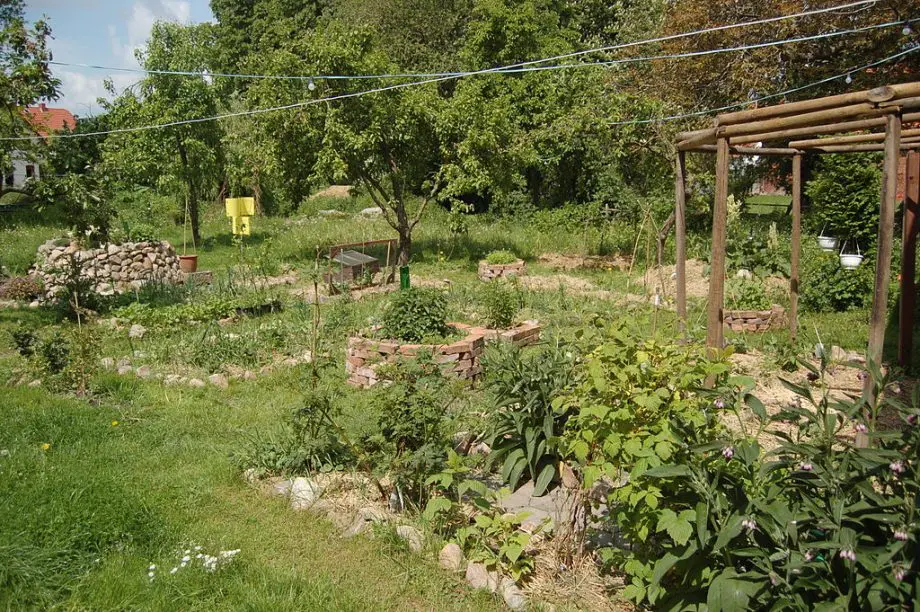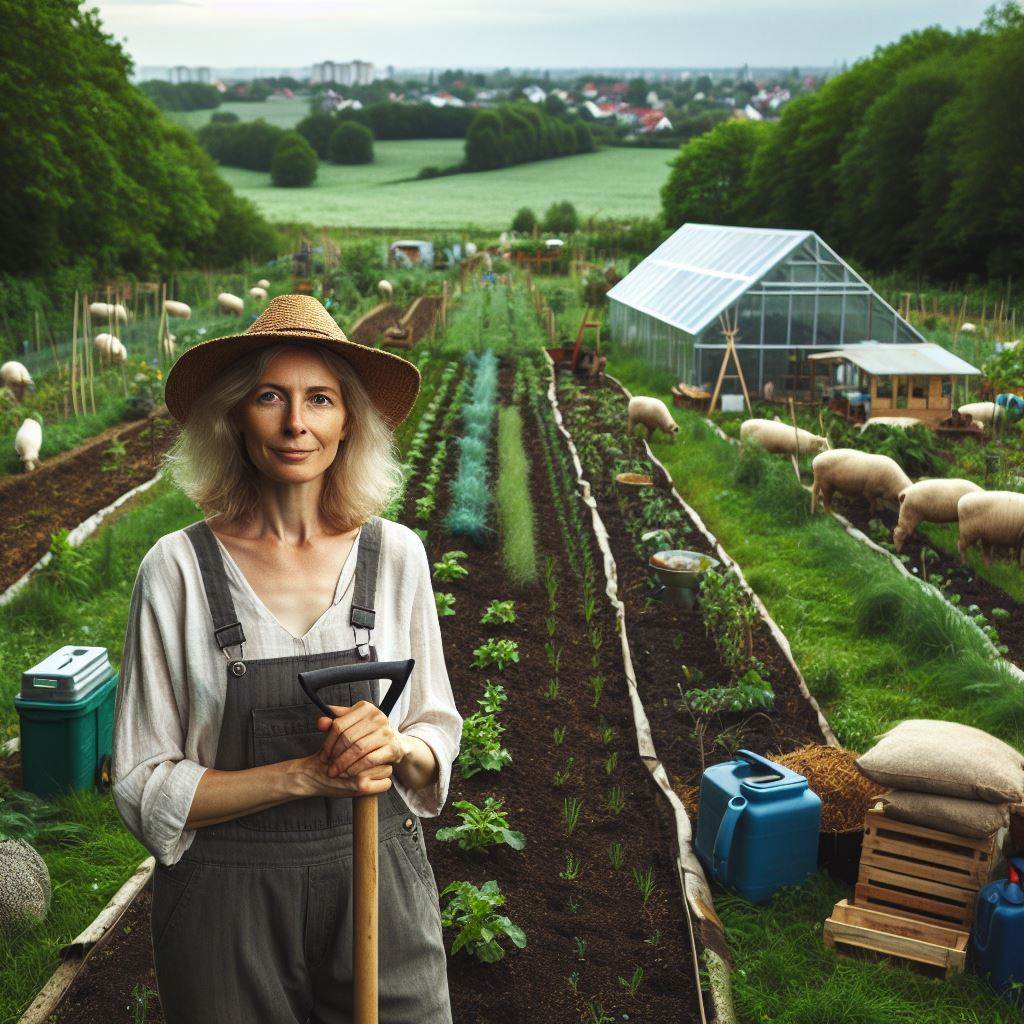
Permaculture, a holistic practice rooted in the principles of sustainability, offers a multitude of benefits that extend beyond traditional agriculture. These advantages encompass environmental, economic, and social aspects, making permaculture not only a method of food production but also a way to foster healthier ecosystems and communities.
Environmental Benefits
Soil Health and Fertility

One of the primary benefits of permaculture is its positive impact on soil quality. Techniques like composting and the use of natural fertilizers help enrich the soil, enhancing its fertility without the negative effects of synthetic chemicals. This organic approach prevents soil degradation and promotes a thriving microbial ecosystem, vital for robust plant growth[1][5]. By emphasizing practices that maintain soil structure and reduce erosion, permaculture cultivates healthy soils that can sustain more productive agricultural systems over the long term[2].
Biodiversity Enhancement

Permaculture systems prioritize biodiversity by integrating a variety of plants and animals in their design. This diversity creates a resilient ecosystem which is less susceptible to pests and diseases[1]. The presence of various species fosters a balanced environment, promoting ecological stability and enhancing pollination processes crucial for food production. Many permaculture gardens also create habitats for beneficial insects and wildlife, which further supports overall ecosystem health[4].
Water Conservation
Efficient water management is another critical benefit of permaculture. Techniques such as rainwater harvesting and the construction of swales help manage and conserve water resources on-site[8]. These methods not only reduce reliance on external water sources but also mitigate erosion and improve water quality by minimizing runoff, contributing to sustainable water practices in agricultural settings. The emphasis on minimizing evaporation through mulching and other techniques further enhances water conservation efforts[7].
Waste Reduction
Permaculture operates on the principle of “produce no waste,” which encourages the efficient use of resources within the system. By designing systems where waste from one component becomes a resource for another, permaculture significantly reduces the amount of waste generated compared to conventional agricultural practices[8]. This closed-loop system minimizes landfill contributions and supports recycling efforts, leading to a more sustainable method of food production[2].
Economic Advantages
Cost-Effective Farming

By integrating natural methods such as companion planting and organic pest control, permaculture reduces the need for expensive chemical inputs like fertilizers and pesticides[4][8]. Over time, these practices can lead to considerable savings for farmers. Additionally, the focus on self-sufficiency allows growers to produce their own food and resources, which can decrease overall expenses associated with purchasing external supplies[7].
Increased Productivity
Permaculture systems can lead to higher yields through diversified cropping techniques that promote healthy plant growth. By mimicking natural ecosystems, these systems often outperform conventional monocultures due to their complex interactions and resilience to pests and diseases[6]. The implementation of agroforestry and polycultures within permaculture can enhance productivity, providing a continuous supply of food and other resources while maintaining ecological balance[2].
Community Resilience and Economic Stimulation
Permaculture promotes local food production, which reduces transportation costs and supports local economies[5]. Community gardens and cooperative farming efforts not only provide fresh produce but also foster social connections and mutual support among community members[5]. These initiatives can stimulate local economies by encouraging the sale of surplus produce within the community, thus creating a circular economy that benefits residents[3].
Social Impact
Empowerment Through Education

The principles of permaculture stress the importance of community involvement and education. Various training programs and workshops teach sustainable practices that empower individuals and communities to improve their food security[8]. By equipping individuals with knowledge about permaculture, these educational initiatives encourage local food production and foster a sense of self-reliance and responsibility towards environmental conservation[9].
Strengthening Community Bonds

Permaculture projects often involve collective efforts, which can strengthen community ties and promote a sense of belonging[5]. Engaging in shared gardening projects fosters cooperation and enhances social capital. These community-oriented activities not only produce food but also cultivate a supportive environment, addressing social equity by ensuring access to fresh produce in underserved areas[2].
Conclusion
Permaculture stands as a comprehensive solution to many of the environmental challenges faced today. Its benefits, ranging from improved soil health and increased biodiversity to enhanced community resilience and economic viability, underscore its potential as a transformative approach to agriculture and sustainable living. By integrating these diverse benefits, permaculture not only addresses immediate agricultural needs but also paves the way for a more sustainable future that respects and nurtures our planet and its inhabitants. Through education, community engagement, and the thoughtful application of permaculture principles, individuals and communities can significantly contribute to a healthier world[1][6].
Get more accurate answers with Super Pandi, upload files, personalized discovery feed, save searches and contribute to the PandiPedia.
Let's look at alternatives:
- Modify the query.
- Start a new thread.
- Remove sources (if manually added).